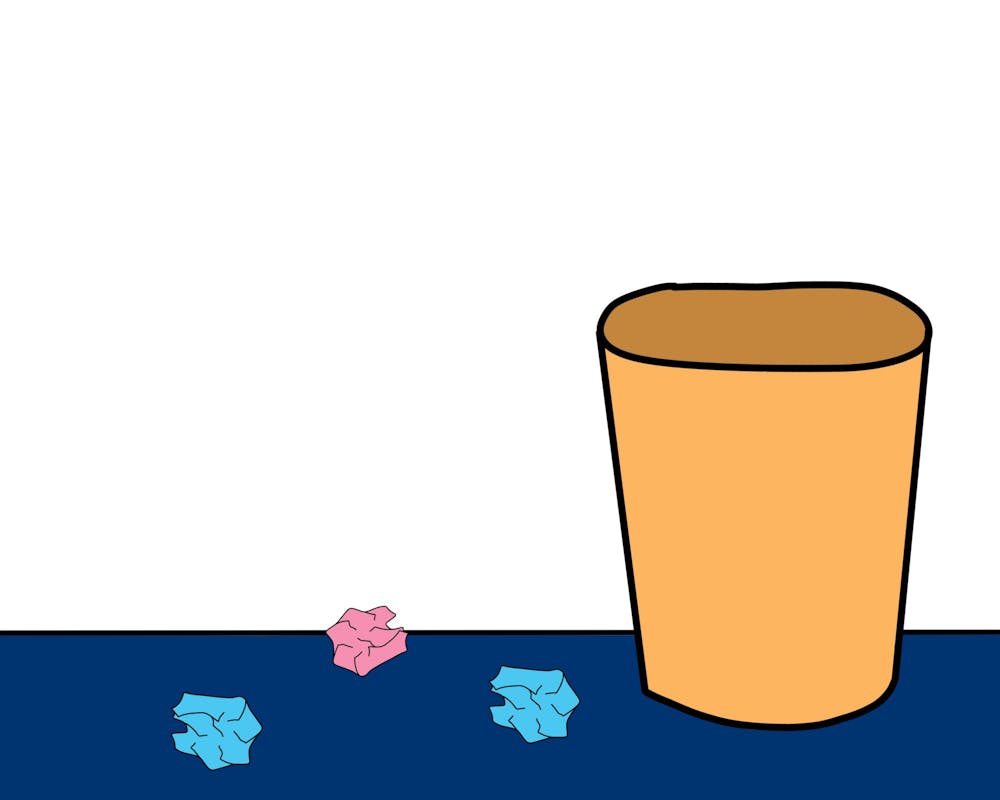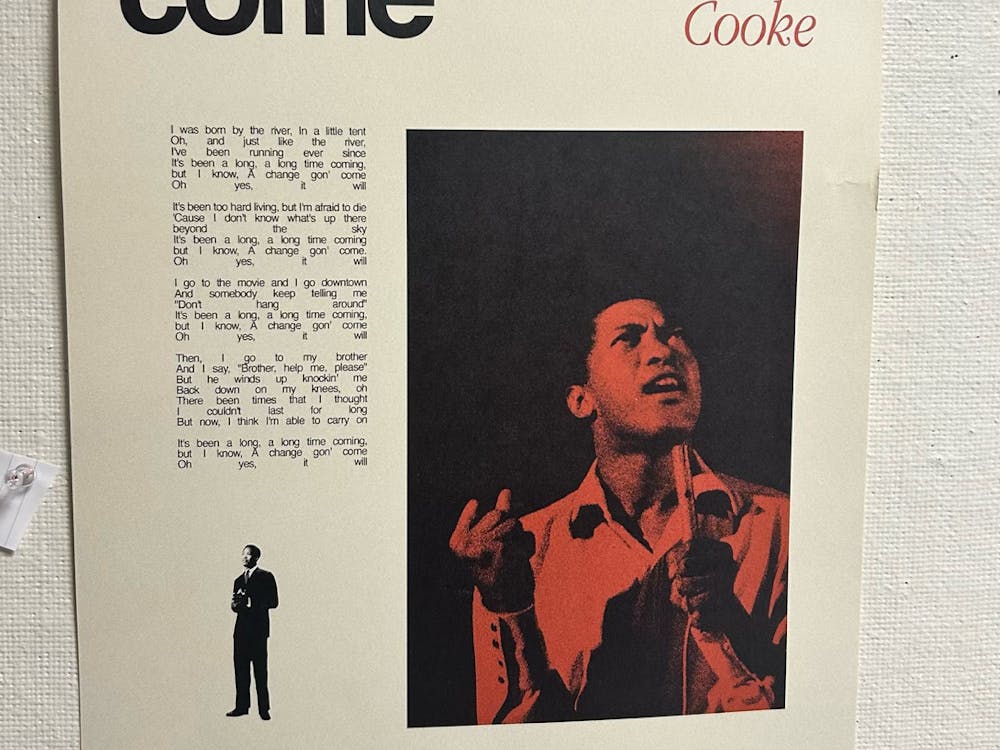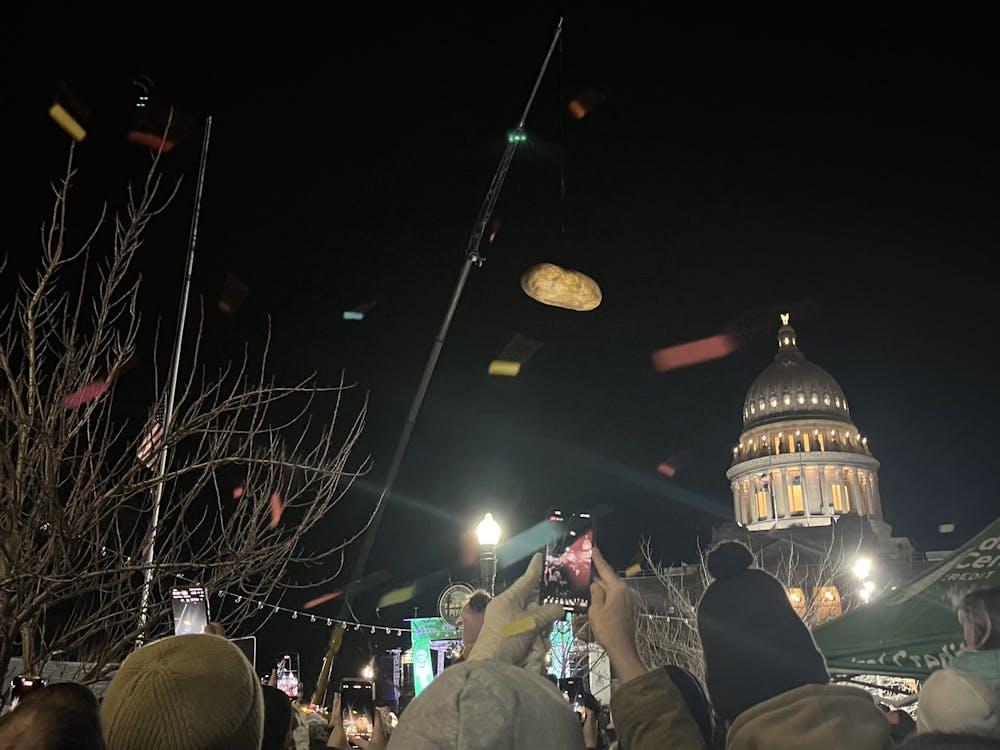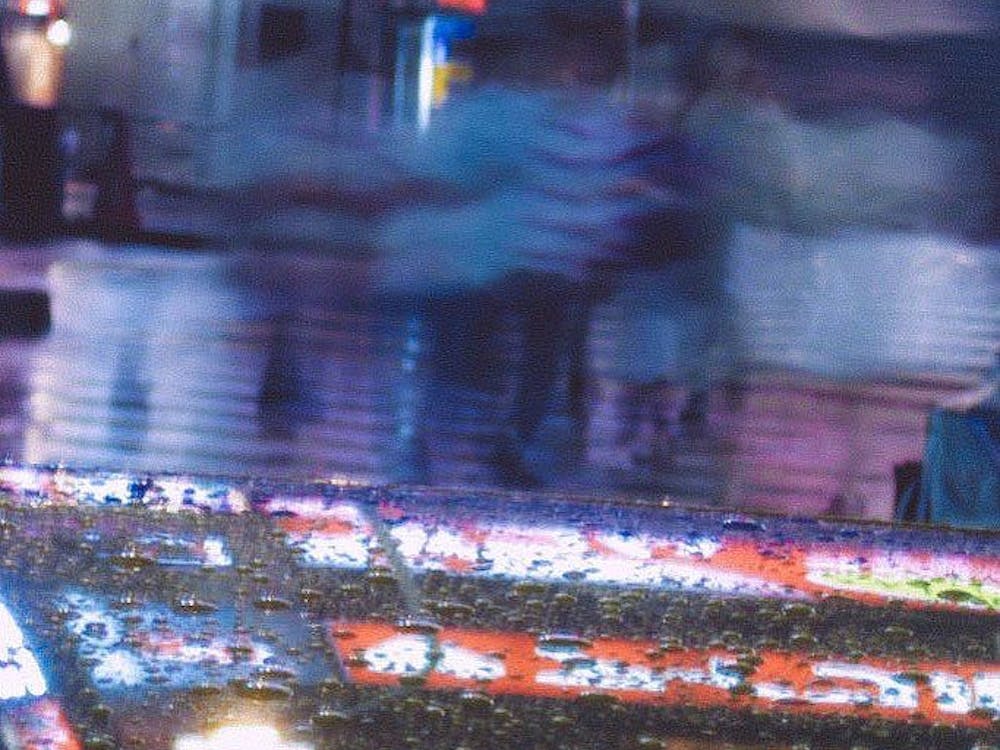Several months ago, I had the idea for an article. My initial plan was simple: three trash-free days. I’d prove that the challenge, which has popped up occasionally on my social media, is interesting enough to write about.
However, I didn’t think much about what that pledge actually entailed. I’d seen a few headlines here and there and assumed that it wasn’t too difficult. After all, it’s not as though I am a huge waster. I always recycle my cardboard boxes. I don’t ask for straws at restaurants. How hard could it be?
As I learned after three days — and the many days that have since followed — going trash-free is not simple.
The hardest part of the challenge includes avoiding all unnecessary plastics and paper products that are meant to be used and tossed. I wasn’t even a day into the challenge until I realized I couldn’t keep up with that much. My bag of chips was wrapped in plastic, but faced with plastic or no snack, I was going to take the snack.
I suppose I just didn’t realize how much trash is hidden in my daily life. I left my water bottle behind while editing articles in the Gatehouse, and used a disposable water bottle instead. I hope that didn’t contribute to the seven in 10 bottles that are tossed in the trash rather than recycled, but I honestly don’t remember what I did. If there was no recycling bin, I probably just tossed it.
When I picked up groceries at Eddie’s, I realized too late that I’d left my reusable bags at home. I couldn’t hold all of my belongings without one, so I had to accept the single-use disposable bag that was offered to me. The average time of use for these bags is 12 minutes; I used it for less than half of that time.
Even worse, I realized that I go out of my way to use items that I don’t even need. Brody restrooms don’t have paper towel dispensers — they only have hand dryers. I typically go into a stall and use toilet paper to dry my hands, rather than letting them air dry. During the challenge, I was painfully aware of the unnecessary waste I was creating. What did using more paper products save me? 15 seconds of waiting for my hands to dry?
When I tried going trash-free, I failed. But the most important part of the experience? I realized that I screwed up so badly, over and over again. It’s too much to try to do everything all at once, and no one was asking me to.
Or at least, it seemed that way when I attempted the experiment a few months ago.
As we’re all too aware, the coronavirus (COVID-19) pandemic has put a pause on most aspects of daily life. When I left Baltimore to return to my hometown, my concerns were primarily with the people in my life. I wanted to make sure that I, my family and my friends would stay safe. I was not thinking about environmental impacts at all.
But over the last few weeks of living at home, this has changed. I realized that, once again, I’ve been conducting a trash-free experiment. Only this time, it wasn’t for an article. It was for survival — survival in my accustomed state of living, anyway.
The decisions are so straightforward, I barely have to consider them. If I’m in the mood for chips, I must decide if they’re worth eating: there’s no guarantee that I’ll get to the supermarket soon to grab more. If I want a drink, I use a reusable cup: disposable water bottles are reserved for emergencies. If my family is to have toilet paper during the pandemic, I can’t waste it: no one knows when stores will restock.
It occurred to me as I encouraged my mom to wash plastic cups that I’m finally engaging in the behavior I’d aimed for months ago. Am I finally succeeding in an albeit unintentional trash-free experiment? Well, I’m not buying new clothes, eating outside the house or using excessive paper products. All are simple, trash-free actions and commonly cited on lists of tips.
When I failed in going trash-free a few months ago, I took on too much too quickly. Going from zero to 100 without a gradual plan in place leads to inconsistency and burnout. But by slowly incorporating more environmentally conscious decisions into my life because I had no choice, I found that I was able to be, at least partially, trash-free.
Going entirely trash-free has a large toll. There’s a reason that so few people attempt it. But testing out a few challenges at a time makes the effort seem like less of a challenge. And being forced to engage in unlikely challenges shows just how possible it is to change.
I can’t promise to be entirely wasteless. But I can promise to make incremental changes and pave the way for even more.





